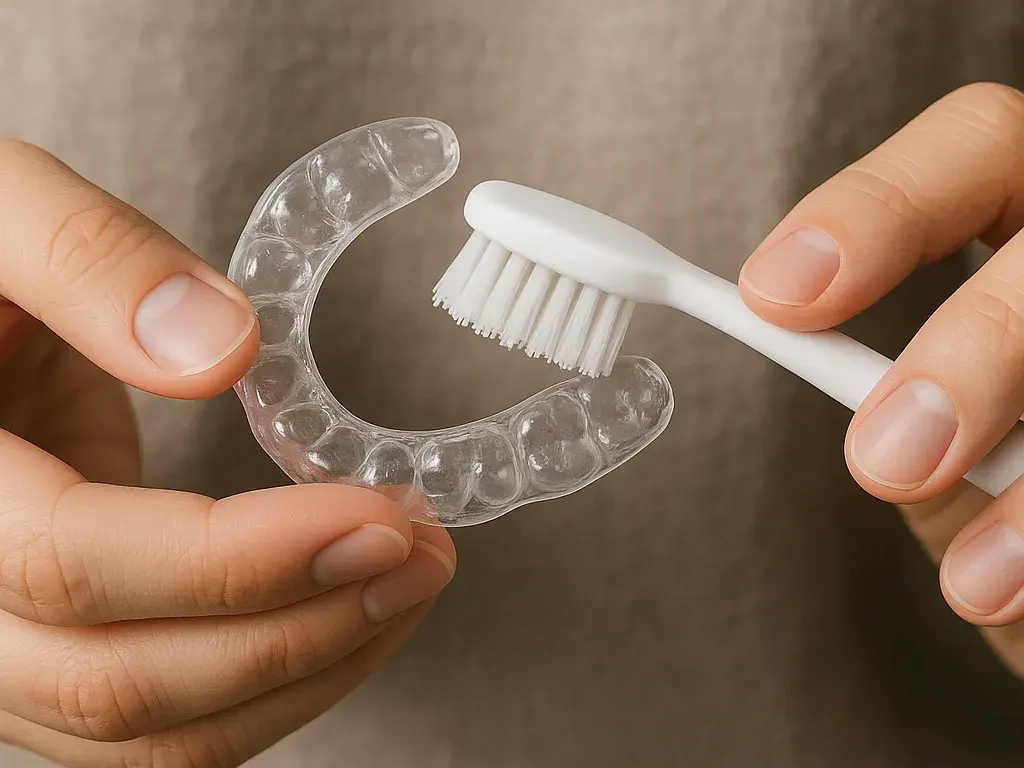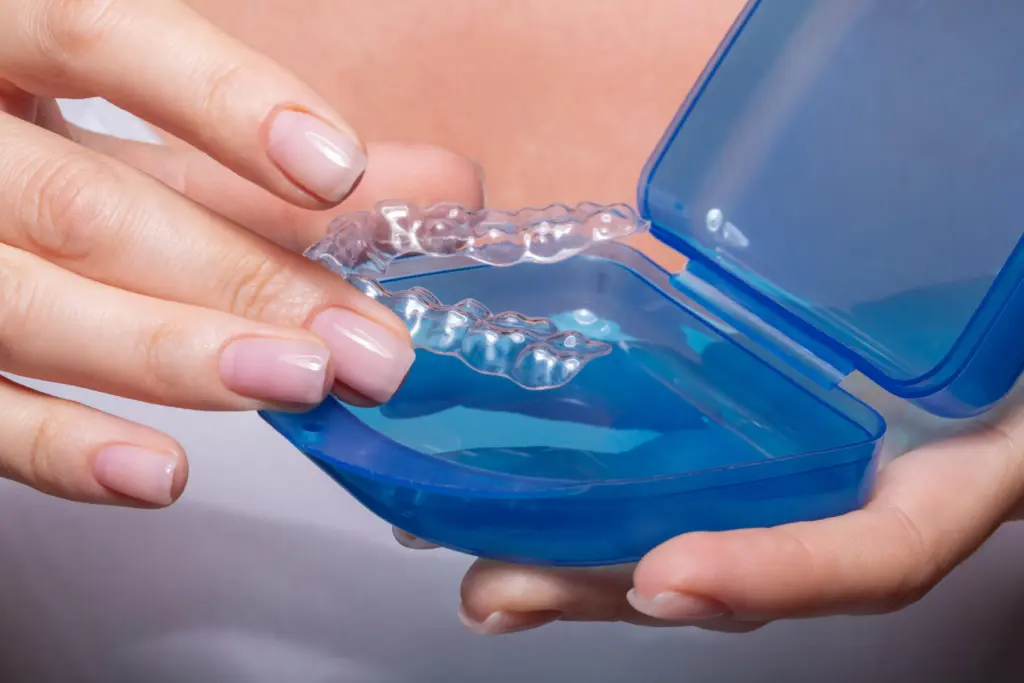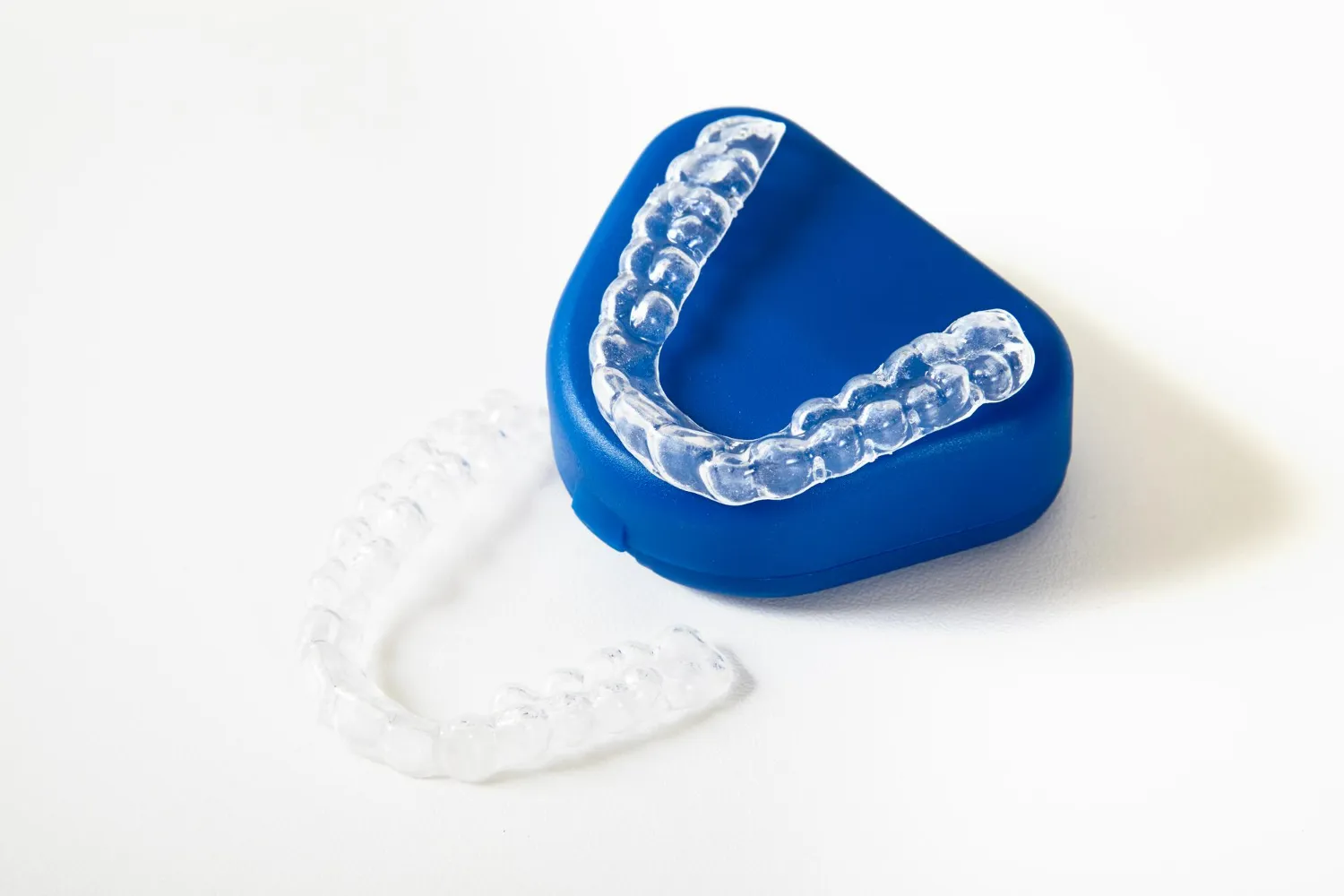Orthodontic retainers are crucial for ensuring that your teeth stay in the perfect position after braces or other orthodontic treatments. To ensure that your retainers continue to perform effectively, proper cleaning and maintenance are essential. This comprehensive guide explains how to clean orthodontic retainers, providing you with expert advice on the best cleaning methods, as well as tips for proper care and maintenance.
Why Proper Cleaning of Your Orthodontic Retainer Matters
Keeping your retainer clean is not just about hygiene; it’s a vital aspect of your long-term oral health. Let’s break down why cleaning orthodontic retainers correctly is so important:
- Preventing plaque and bacteria build-up: Retainers come into close contact with your teeth and gums, making them susceptible to bacterial growth and plaque formation. If left unchecked, this can lead to bad breath, gum disease, or tooth decay.
- Preserving retainer longevity: Regular cleaning ensures that your retainer stays in good shape for longer, avoiding unnecessary repairs or replacements.
- Improving comfort: Retainers that are not cleaned properly can become uncomfortable to wear due to the buildup of bacteria or debris. Keeping them clean ensures that they remain smooth and fit well.
- Avoiding odours: A dirty retainer can develop unpleasant smells due to the growth of bacteria and food particles. Regular cleaning helps keep your retainer odour-free.
Types of Orthodontic Retainers and Their Cleaning Needs
There are various types of orthodontic retainers, each with its unique cleaning requirements. Understanding these differences ensures that you use the right cleaning method to maintain the integrity of your retainer.
1. Hawley Retainers
Hawley retainers are a popular choice because they are durable and adjustable. These retainers consist of a thin wire that sits against your teeth, with an acrylic base that fits the roof of your mouth or along the lower gums. Due to their wire construction, they need a more careful approach to cleaning.
Cleaning tips for Hawley retainers:
- Daily cleaning: Brush the retainer gently with a soft-bristled toothbrush and mild soap or dish soap. Be cautious around the wire to prevent bending or distortion.
- Avoid soaking for long periods: Soaking the acrylic part of the retainer for too long can cause it to lose its shape. Stick to brief soakings in lukewarm water or denture cleaner if needed.
- Inspect regularly: Over time, the wire may loosen or the acrylic base may crack. If you notice any issues, it’s best to consult your orthodontist in Harrogate to see if your retainer needs repairs.
2. Clear Plastic (Essix) Retainers
Essix retainers are made from clear, thin plastic and are designed to be worn snugly over your teeth. These retainers are almost invisible, making them a popular choice for those who want a discreet option, such as patients using Invisalign. However, they can be more susceptible to damage if not cared for properly.
Cleaning tips for Essix retainers:
- Daily cleaning: Use a soft-bristled toothbrush and mild soap or dish soap to clean your retainer. Avoid using toothpaste, as it can scratch the plastic.
- Soak occasionally: To keep the retainer fresh and free from plaque, soak it in a mixture of white vinegar and water (equal parts) for 15–30 minutes. After soaking, brush it with a soft toothbrush and rinse well.
- Avoid hot water: Hot water can warp the plastic material, causing the retainer to lose its shape. Always clean your Essix retainer with lukewarm or cool water.
3. Fixed Retainers
Fixed retainers are bonded to the back of your teeth and are ideal for individuals who want a permanent solution to keeping their teeth aligned. These retainers require a different cleaning approach since they cannot be removed.
Cleaning tips for fixed retainers:
- Brush and floss regularly: Fixed retainers require special care to ensure that food particles and plaque do not accumulate around them. Brush your teeth thoroughly twice a day, and use floss threaders to clean between the retainer and your teeth.
Healthline reports that fixed retainers can foster significant bacterial and plaque buildup, leading to gum inflammation or even gingivitis if cleaning is neglected, so daily flossing and brushing around the wire is critical. - Use interdental brushes: Small, soft-bristled interdental brushes are perfect for cleaning around fixed retainers. These brushes can help remove debris from areas that a regular toothbrush might miss.
- Routine dental check-ups: Fixed retainers should be checked regularly by your dentist to ensure they are functioning properly and not causing any issues.
How to Clean Orthodontic Retainers: Step-by-Step Guide

Now that we’ve covered the different types of retainers, let’s get into the specifics of how to clean orthodontic retainers on a day-to-day basis. This step-by-step guide will help ensure your retainer stays clean and comfortable.
Daily Cleaning: Simple Yet Effective
Proper cleaning starts with a daily routine. Here’s how you can clean your retainer effectively after each meal and before you go to bed.
- Brush after every meal: Using a soft-bristled toothbrush, gently brush your retainer with mild soap or dish soap. Avoid using toothpaste, as its abrasive texture can scratch the surface of your retainer.
- Rinse thoroughly: After brushing, rinse your retainer with cool or lukewarm water. Avoid using hot water, as it can warp the retainer material.
- Cotton swab for hard-to-reach areas: Use a cotton swab to clean corners and areas that are difficult to reach with a toothbrush. This will help prevent plaque build-up in hidden spots.
- Dry before storing: After rinsing, gently pat your retainer dry with a clean towel before placing it in its storage case.
Deep Cleaning: Keeping Your Retainer Fresh
For a more thorough clean, deep cleaning is essential every week or so. This will help eliminate any stubborn plaque and bacteria that regular brushing might miss.
- Vinegar and water solution: Soak your retainer in a mixture of equal parts white vinegar and warm water for 15–30 minutes. After soaking, use a soft toothbrush to gently scrub your retainer, then rinse it thoroughly with lukewarm water.
- Denture cleaner: If you prefer a more straightforward solution, a denture cleaner can also be used to deep clean your retainer. Dissolve a denture cleaning tablet in water and soak your retainer for the recommended time.
- Baking soda paste: Make a paste by mixing baking soda with water, then use a soft toothbrush to scrub your retainer gently. Rinse thoroughly after cleaning.
- Hydrogen peroxide solution: For occasional deep cleaning, soak your retainer in a mixture of equal parts 3% hydrogen peroxide and water for 15–30 minutes, then rinse thoroughly.
Key Considerations When Cleaning Your Retainer
To ensure your retainer stays in good condition, it’s important to keep the following considerations in mind.
- Avoid toothpaste: Toothpaste contains abrasive ingredients that can scratch your retainer. Stick to mild soap or dish soap when cleaning.
- Do not use hot water: Hot water can warp your retainer, affecting its fit and comfort. Always use lukewarm or cool water to clean it.
- Consult your orthodontist: If you’re unsure about the cleaning methods or if your retainer is damaged, don’t hesitate to consult your orthodontist. They can provide personalised advice and help you maintain your retainer in top condition.
How to Store Your Retainer Properly

Proper storage is just as important as cleaning when it comes to maintaining your retainer. Here are some tips for storing it correctly:
- Use a protective case: Always store your retainer in a clean, dry case when it’s not in use. This helps protect it from dirt, damage, or loss.
- Avoid exposure to heat: Never leave your retainer in places where it could be exposed to high temperatures, such as in your car or near a heater. Heat can warp the material and affect the fit.
- Keep it out of reach of pets: Pets, especially dogs, may chew on your retainer, causing it to break. Always store it safely when not in use.
Final Thoughts
In conclusion, cleaning your retainer regularly is crucial for its effectiveness and for maintaining good oral health. By following the steps outlined in this guide, you can ensure that your retainer remains clean, fresh, and functional.
If you have any questions or concerns about cleaning your retainer or if you need any professional cleaning services, Chatsworth Dental is here to assist you. Our experienced team can help you maintain your retainer and ensure that it continues to serve its purpose. For any retainer-related concerns or to book a consultation, contact us today. We’re committed to helping you achieve and maintain a healthy, beautiful smile!

